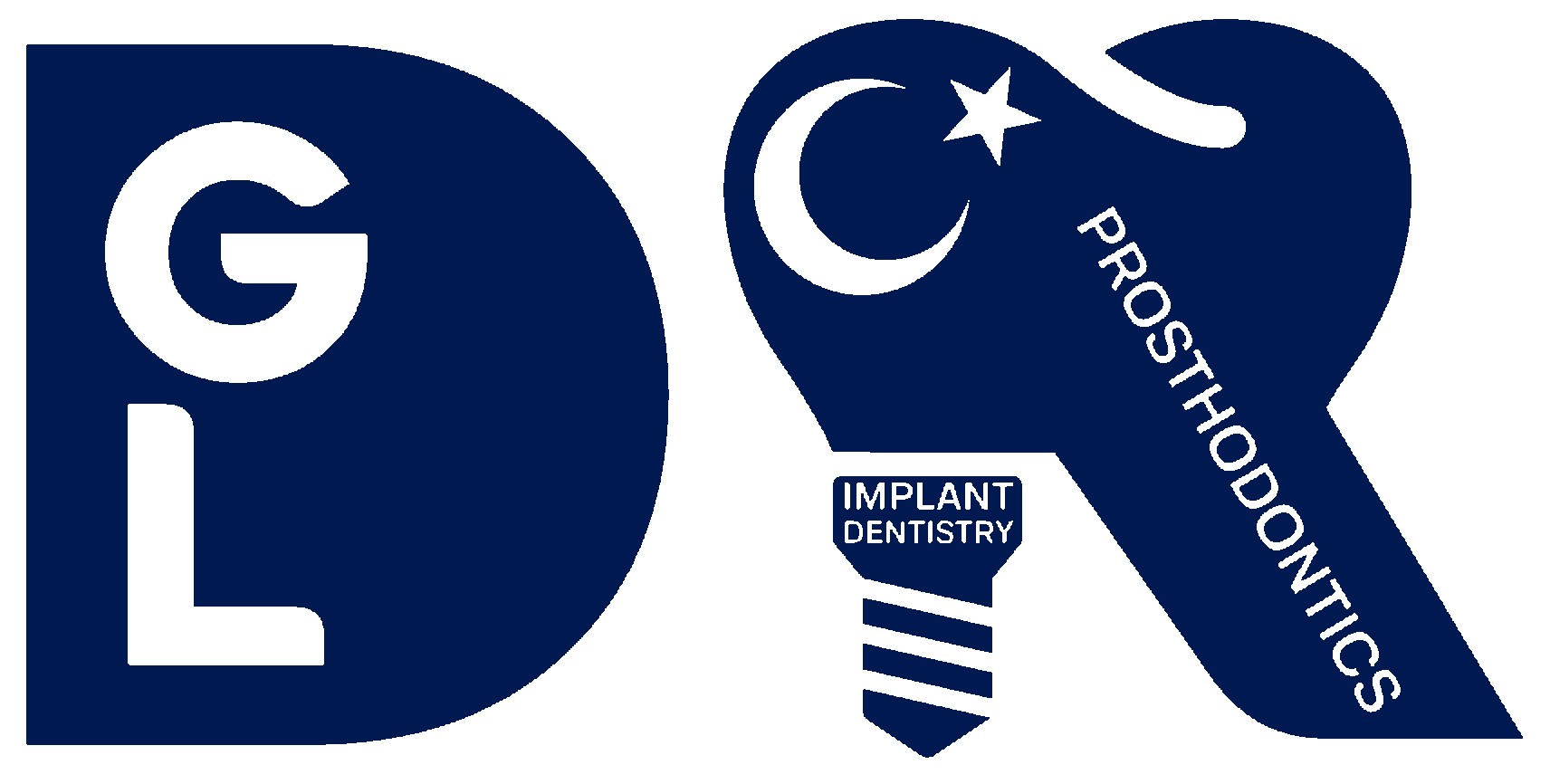In recent years, dentistry has increasingly embraced minimally invasive treatment approaches. These methods prioritize preserving natural tooth structure while effectively addressing dental issues. This article explores various minimally invasive techniques used in modern dentistry, highlighting their benefits and applications.
What is Minimally Invasive Dentistry?
Minimally invasive dentistry (MID) is a philosophy that emphasizes the least amount of intervention necessary to achieve optimal oral health. The primary goal is to maintain healthy tooth structure and prevent disease progression with minimal tissue removal.
Key Minimally Invasive Techniques
1. Preventive Care and Early Detection
- Fluoride Treatments: Regular fluoride applications help strengthen enamel and prevent decay.
- Sealants: Protective coatings applied to the chewing surfaces of molars to prevent cavities.
- Regular Check-ups: Early detection of dental issues allows for less invasive treatments.
2. Air Abrasion
This technique uses a stream of air and abrasive particles to remove decay without the need for drills. It is quieter and often does not require anesthesia.
3. Laser Dentistry
Lasers can be used for various dental procedures, including cavity detection, tooth preparation, and soft tissue surgeries. They offer precision and reduce the need for sutures.

4. Resin Infiltration
A method used to treat early caries lesions by infiltrating them with a special resin, stopping the progression of decay without drilling.
5. Adhesive Dentistry
Utilizes bonding techniques to restore teeth with minimal removal of tooth structure. This includes composite fillings and veneers.
6. Ozone Therapy
Ozone gas is used to kill bacteria and halt the progression of tooth decay, promoting natural remineralization.
7. 3D Imaging and CAD/CAM Technology
Advanced imaging techniques allow for precise planning and execution of treatments, such as crowns and bridges, with minimal tooth alteration.
Benefits of Minimally Invasive Dentistry
- Preservation of Natural Tooth Structure: By minimizing the removal of healthy tissue, these techniques help maintain the integrity and strength of the teeth.
- Reduced Pain and Discomfort: Many minimally invasive procedures are less painful and require less anesthesia, leading to a more comfortable experience for patients.
- Faster Recovery Times: With less tissue damage, patients often experience quicker recovery times.
- Improved Aesthetics: Techniques like adhesive dentistry and resin infiltration provide natural-looking results.
- Cost-Effectiveness: Preventive and less invasive treatments can reduce the need for more extensive and expensive procedures in the future.
Conclusion
Minimally invasive dentistry represents a significant advancement in dental care, focusing on prevention, early detection, and the preservation of natural tooth structure. By choosing minimally invasive treatments, patients can enjoy improved oral health outcomes with less discomfort and faster recovery times. If you're interested in learning more about these techniques, consult with your dentist to see how they can be incorporated into your dental care plan.











